The clouds are gone and have left me homeless, and
The mountains have flung their mantles and concealed me
– Mahmoud Darwish
Walking into Sfeir-Semler’s downtown space in Beirut, visitors will encounter a series of rolled fabrics, on which the imprints of rusted keys linger. Inspired by Ahmad Al-Za’atar, a poem by celebrated Palestinian author Mahmoud Darwish, Taysir Batniji’s installation from 1997 poignantly pays tribute to those forcibly displaced in 1948, who carried along the heavy door keys to their homes, thinking they will soon return. Batniji captures the traces of what looks like thick, iron-forged objects with a reddish-brown patina, that have become obsolete, as if trying to pin-down ethereal memories on the canvas.
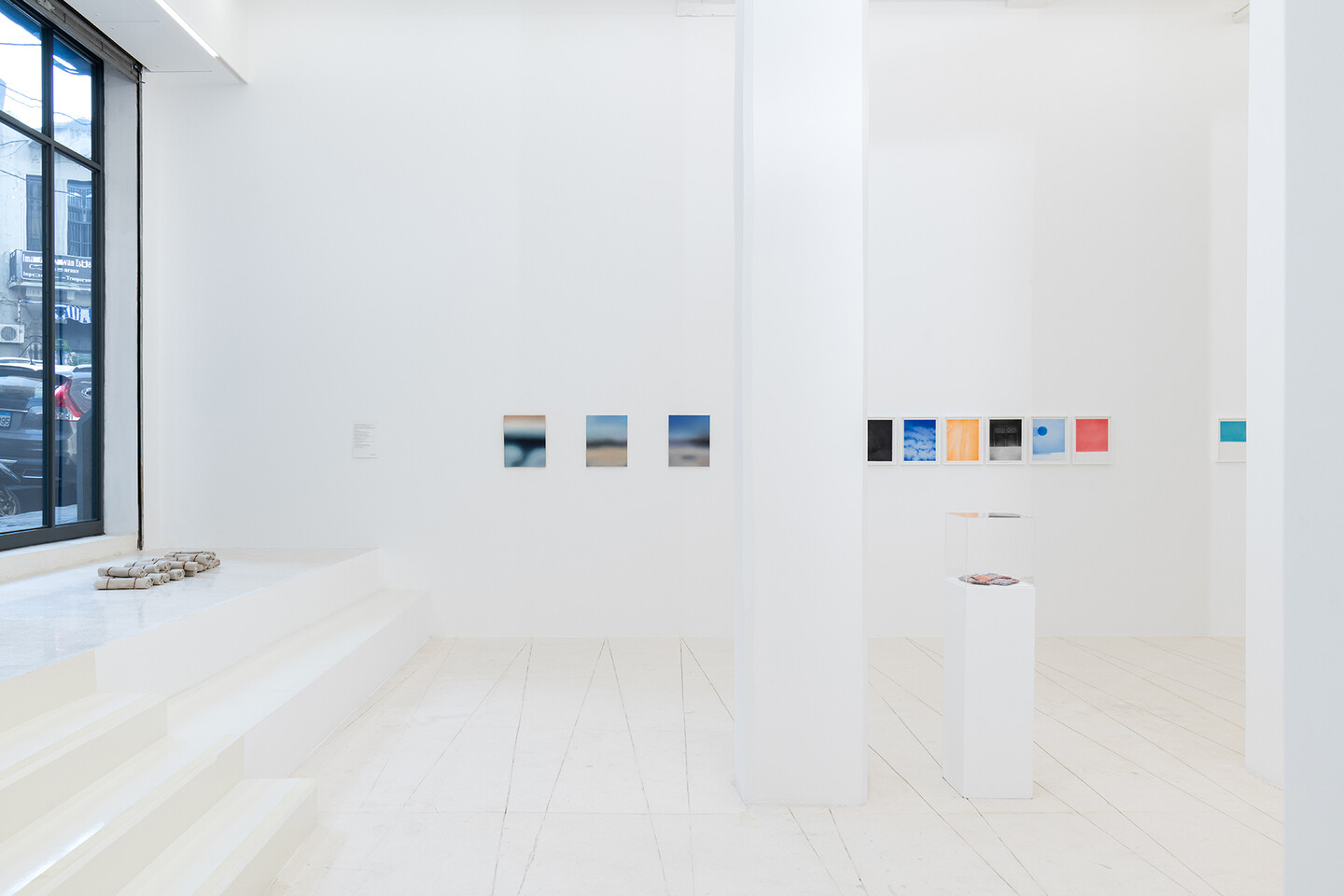
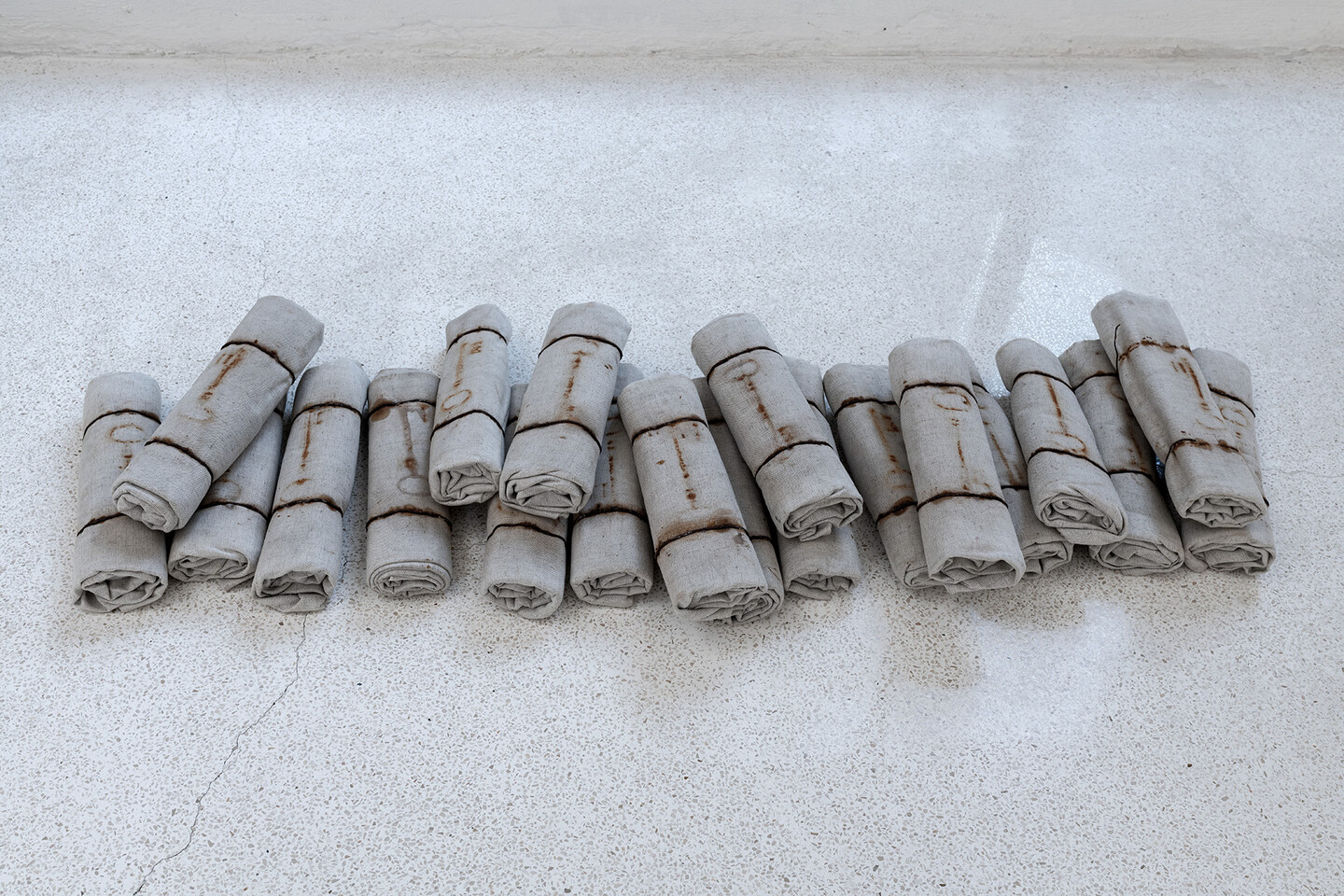
marks of rusty keys on rolled canvases, 20 elements
The exhibition reflects here on a moment when history seems to echo itself. The central work in the show entitled Just in case was created in 2024 and premiered at the Biennale de Lyon. Using an object that often comes back in various forms in Batniji’s practice, the installation presents a series of images of keys, belonging to residents of Gaza, with each set connected to a specific place and person through the handwritten captions under the photographs. Capturing traces of lost, abandoned, or destroyed lives and homes, the work evokes the universal woes of the human condition.
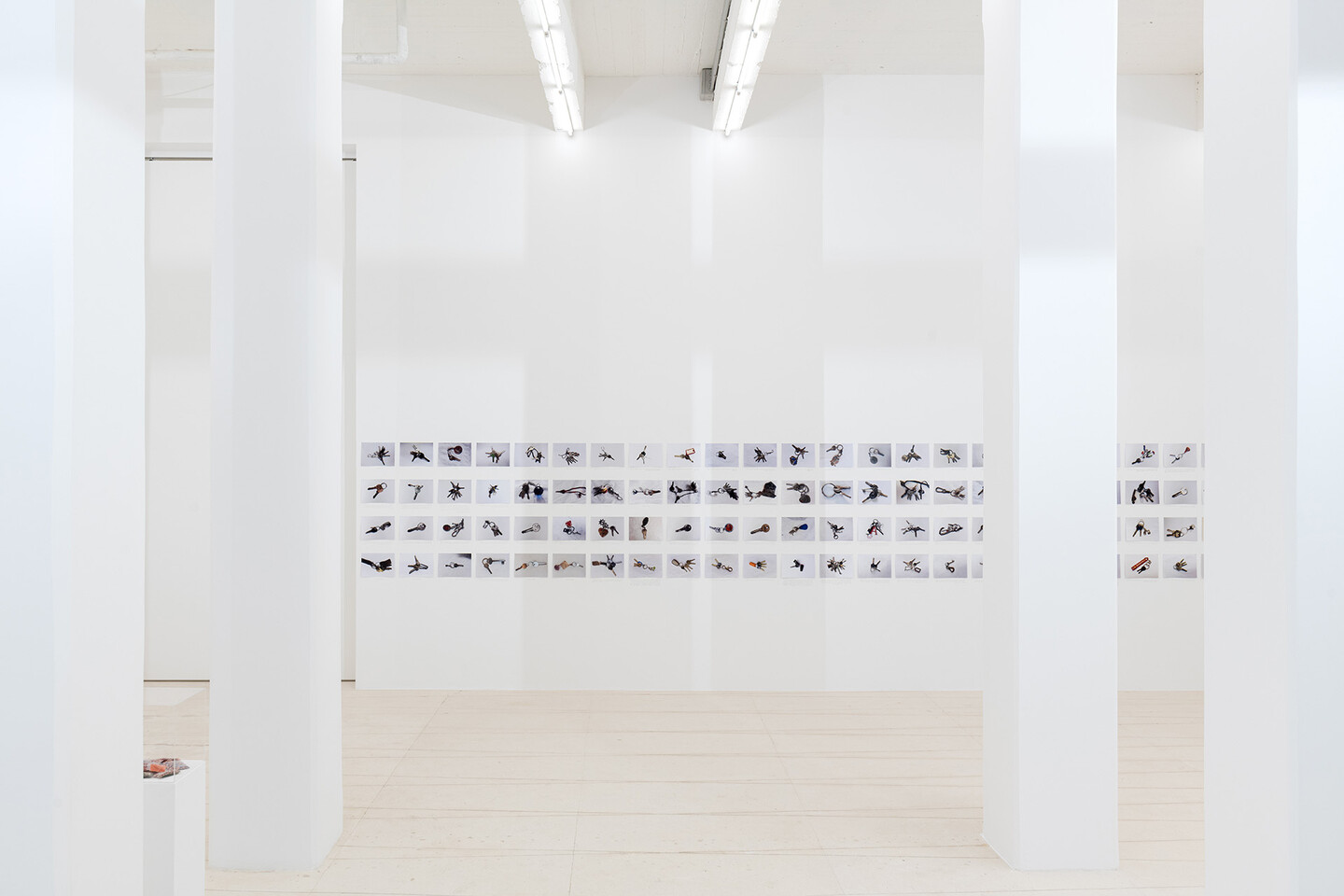

prints on paper, 21 × 29.7 cm, each
For many years, Batniji has been collecting, photographing and documenting almost compulsively, traces of life that he accidentally encounters, and that are left behind by long-gone passers-by: random objects, footprints and shoe impressions on grounds, unintentional pocket-phone snapshots, screenshots... In Homeless Colors, 2024, he uses found colored crayons, ballpoint, or felt pens, going through a meditative, almost spiritual exercise, to retreat from the harsh realities he is facing. He systematically fills drawing paper with monochromic colors until each pen runs out. The process then comes to a natural halt, dictating the completion of an artwork.

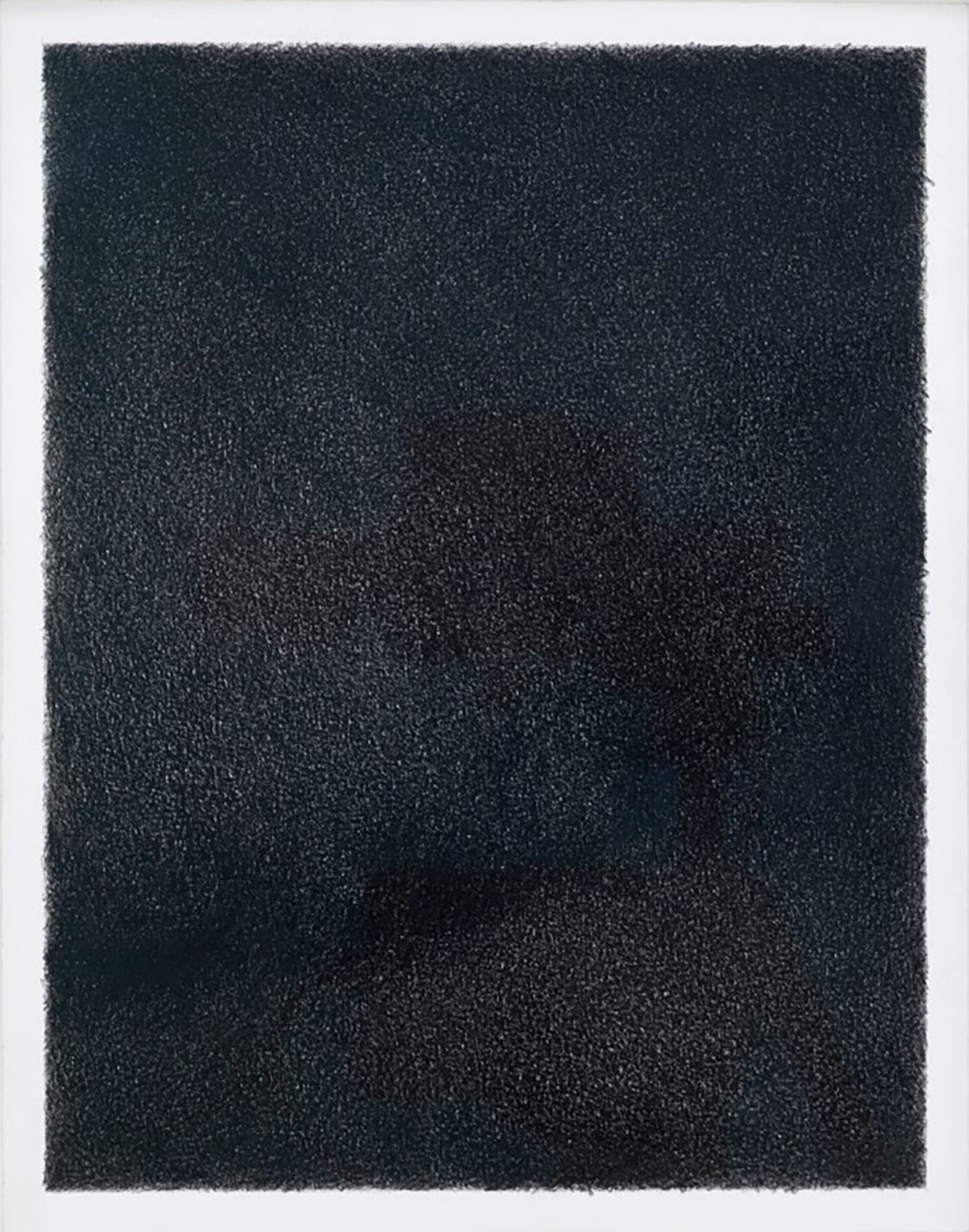
colored pencil on paper, 35 × 28 cm
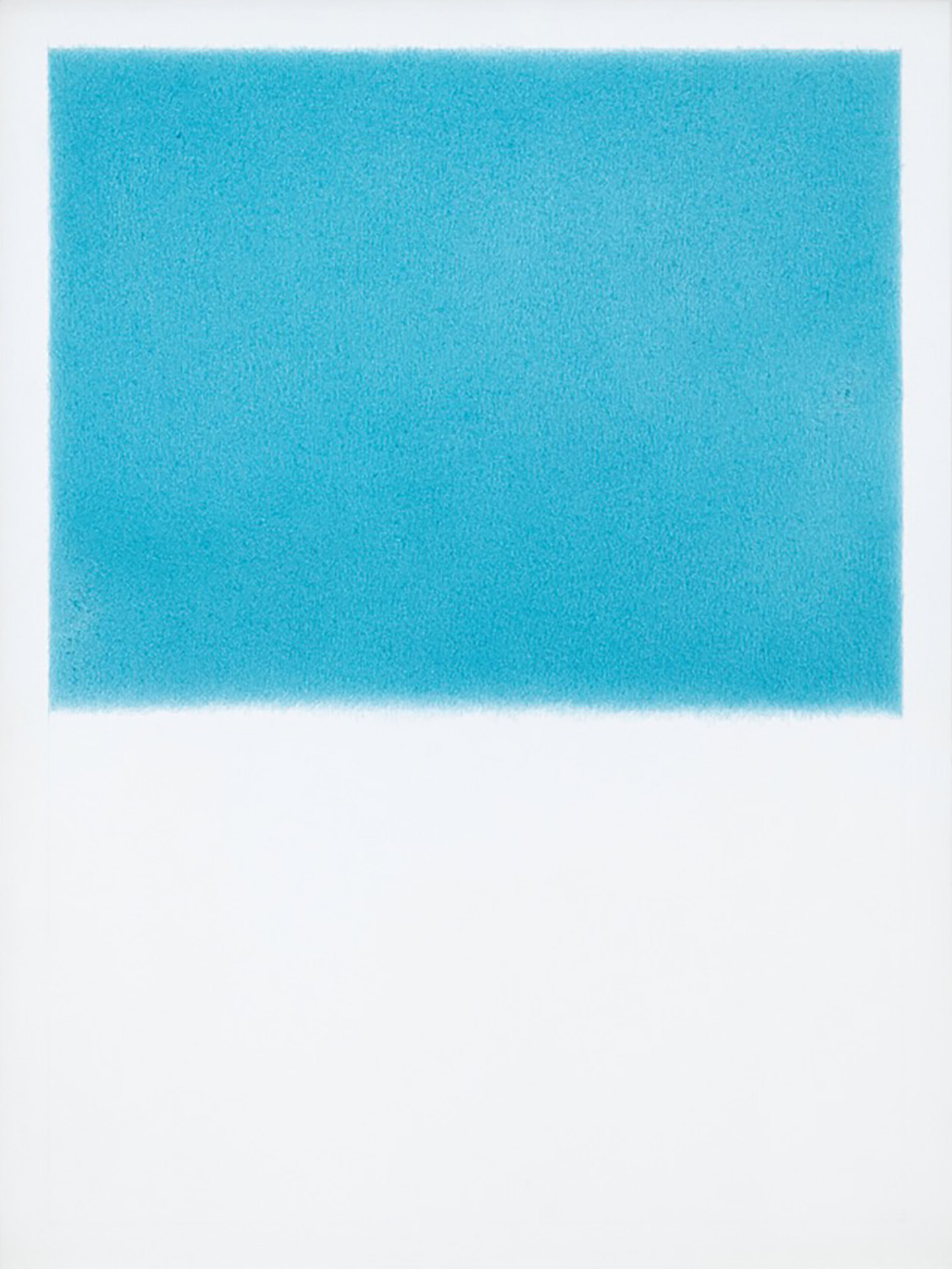
colored pencil on paper, 35 × 28 cm

colored pencil on paper, 35 × 28 cm
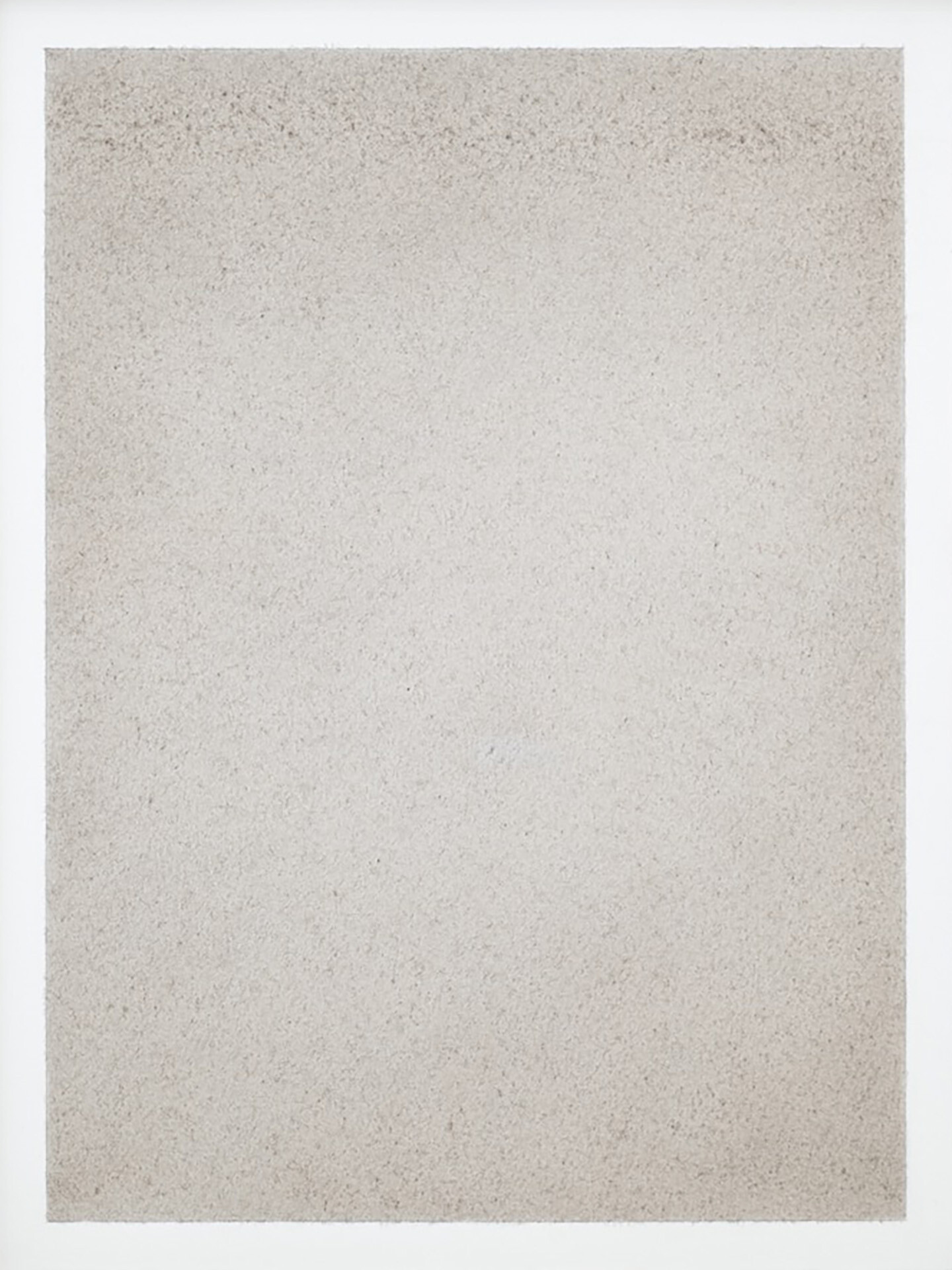
colored pencil on paper, 32 × 24 cm

colored pencil on paper, 32 × 24 cm
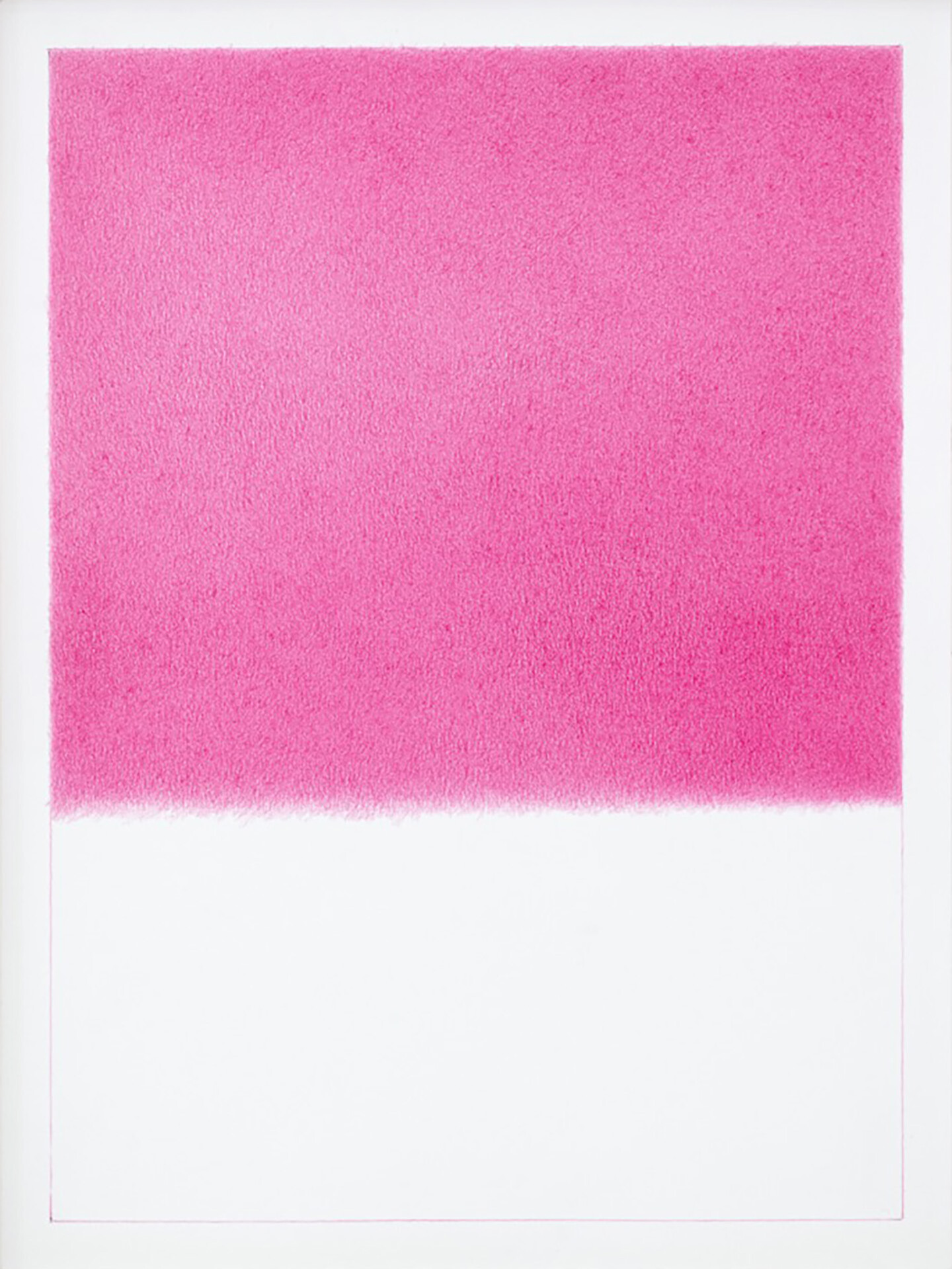
colored pencil on paper, 32 × 24 cm
Always using Time as a pivotal component, Batniji repeatedly tries to capture in his works fleeting instants, or to suspend split seconds, stretching them into abstract compositions that can take days to complete. In the series Remnants, he turns the distortions created by poor internet networks into series of paintings based on Telegram news chat images, before their violent content fully downloads onto the screen. They are still-unseen photos that the artist meticulously paints. The process prolongs the moment of ignorance, resulting in almost serene, fluid works on canvas that interrupt time, as if negating an unspeakable reality and preventing it from happening.


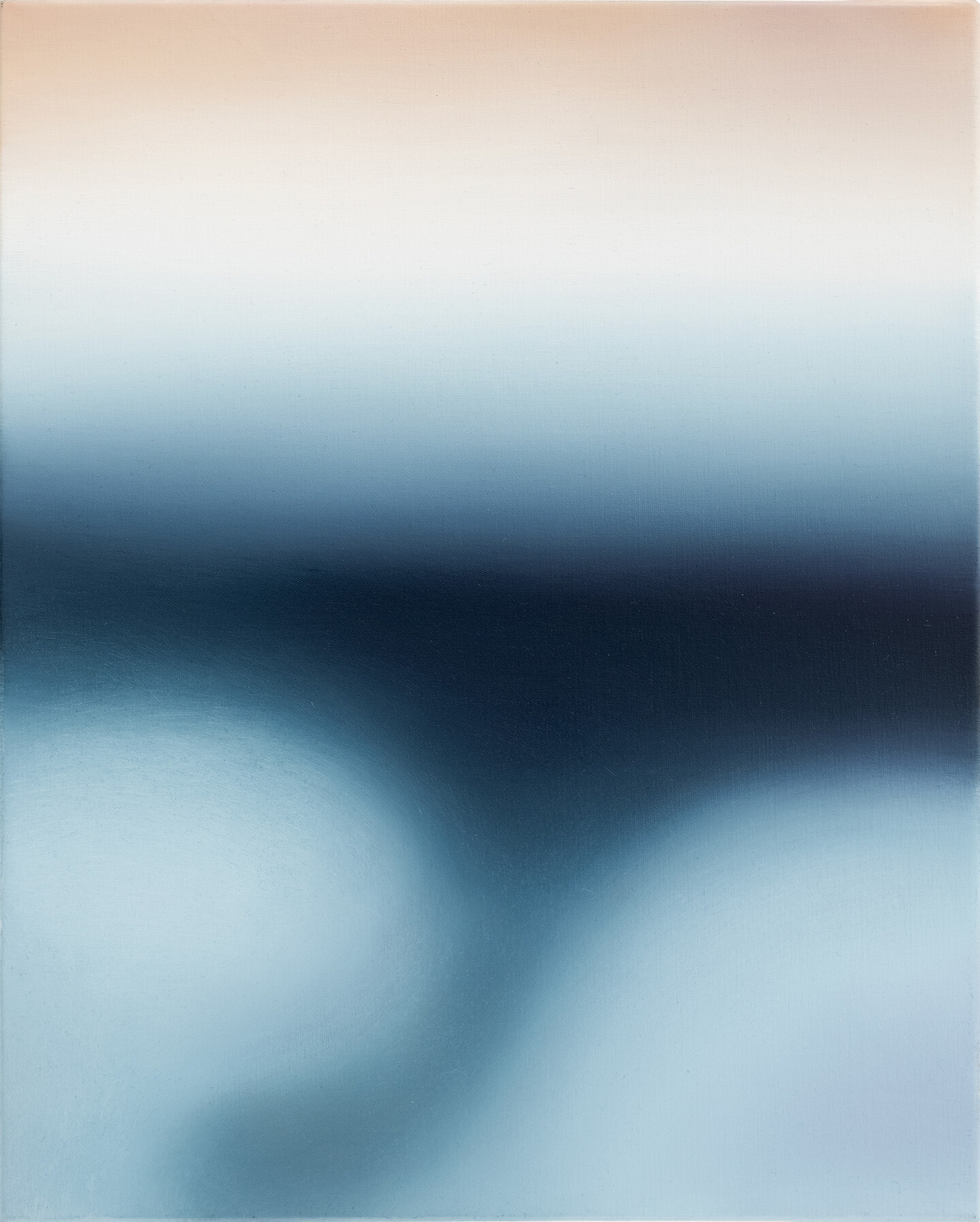
oil on canvas, 41 × 33 cm, diptych

oil on canvas, 41 × 33 cm, dyptich
Using a similar stratagem, in Out of the blue the artist translates accidental phone images into drawings on paper, transforming the fortuitous, unplanned, fleeting images into abstract pastels, often in hues of blacks, reds and yellows.
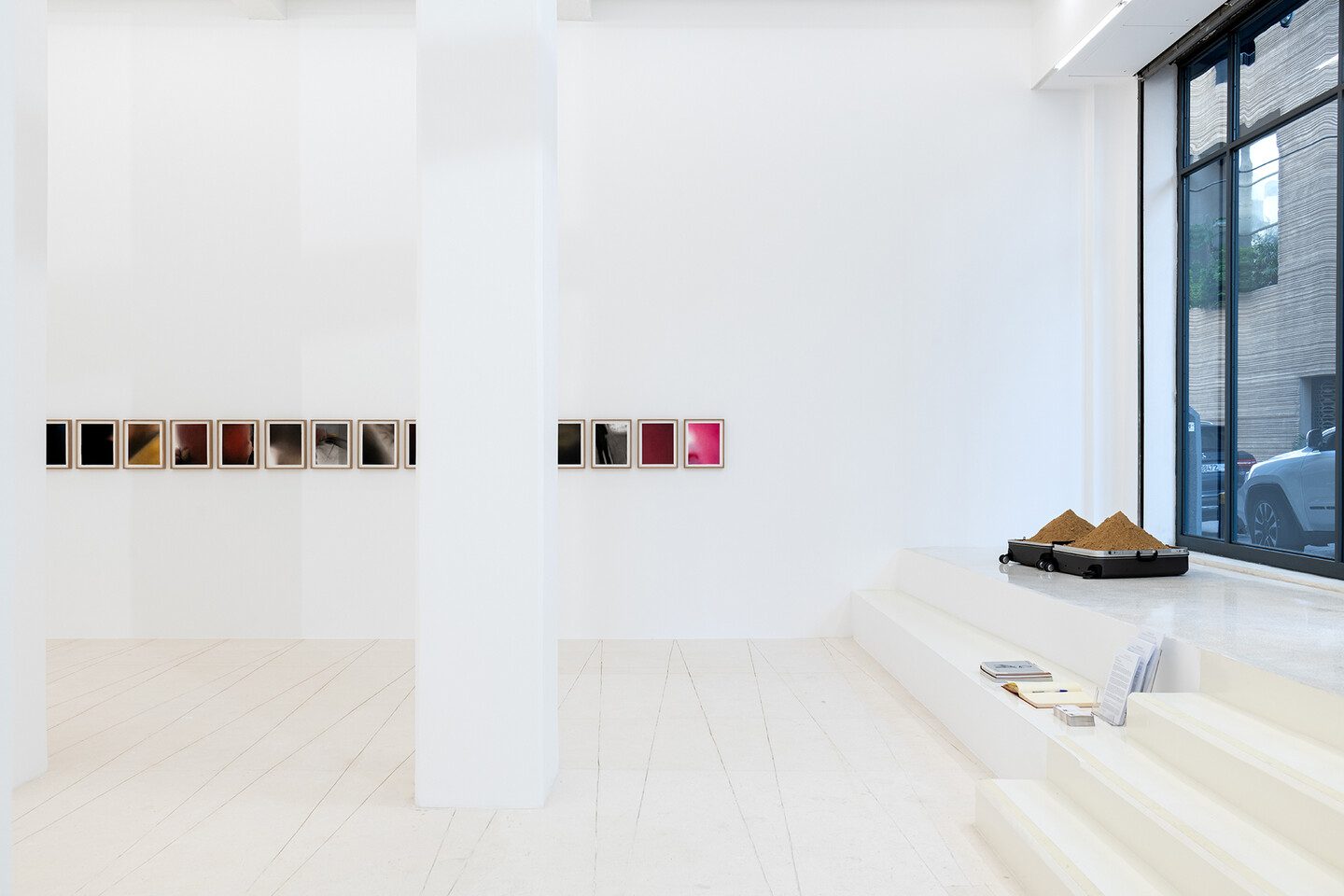
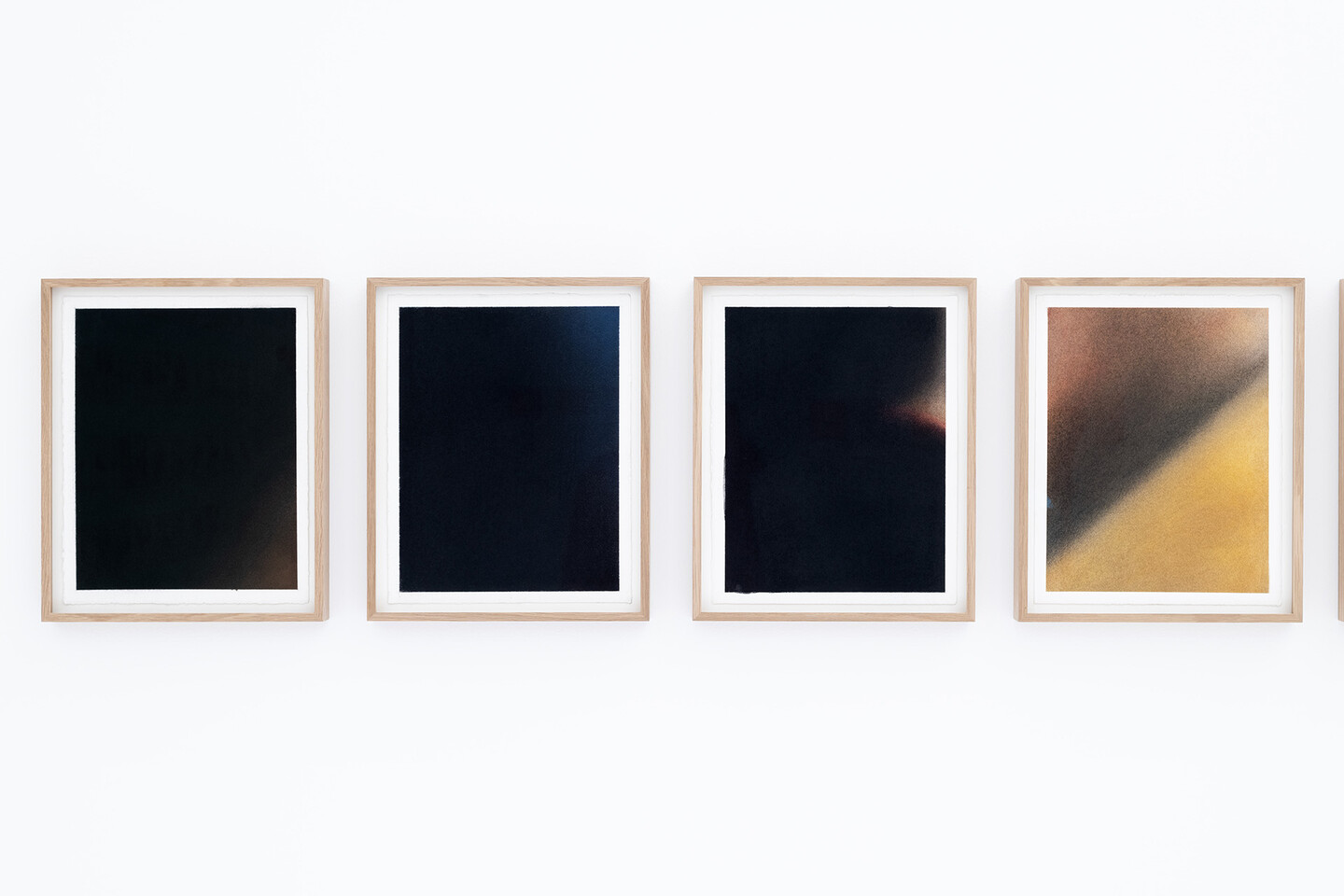
pastel color on paper, 35 × 28 cm each
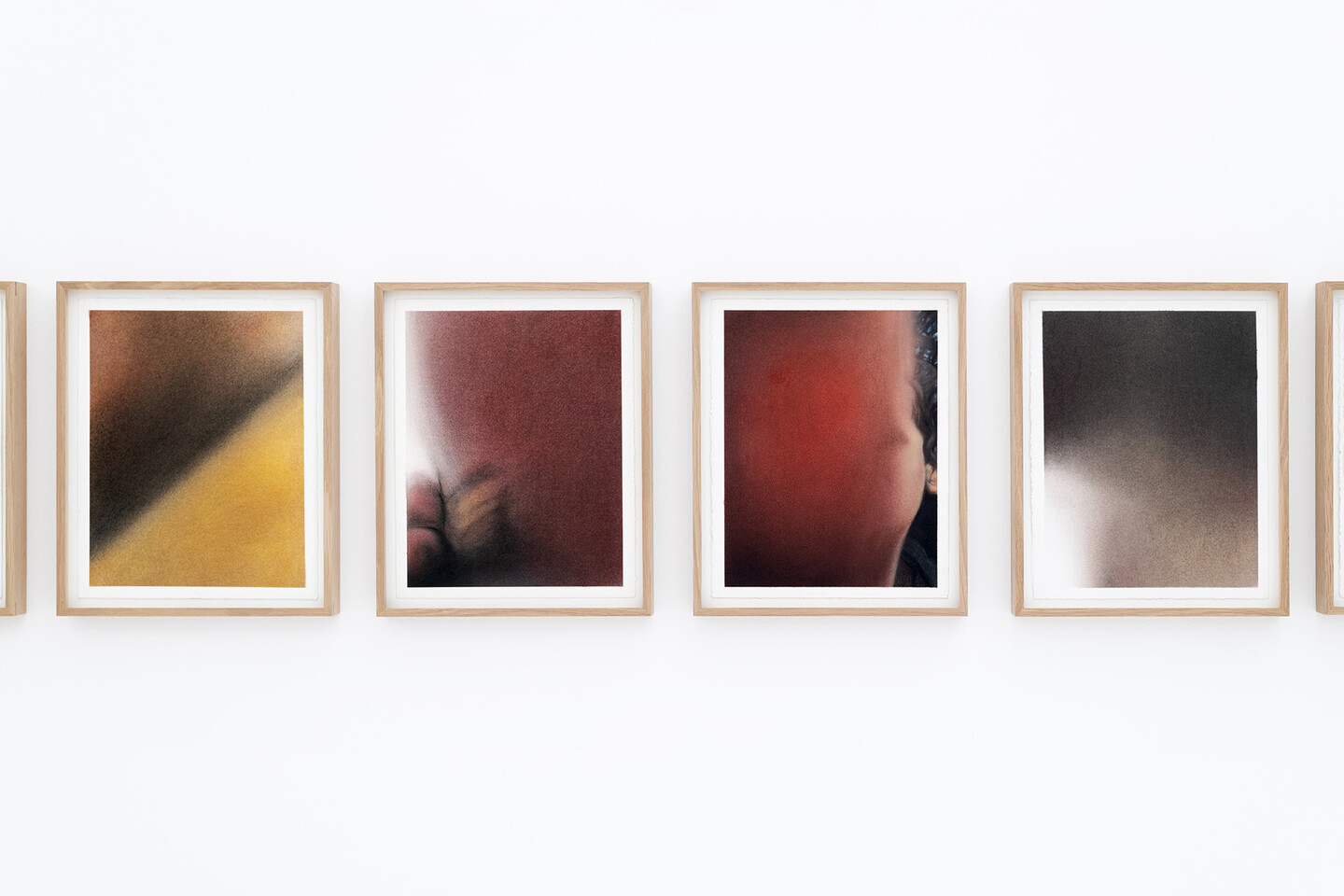
pastel color on paper, 35 × 28 cm each
An insider observing his homeland from afar, Taysir Batniji creates work that viscerally flows from his personal experience, weaving raw emotions with deliberate aesthetic choices. Equally invested in the processes of making the work as he is in the resulting visual form, Batniji challenges viewers to confront both the physical and intangible traces of conflict and loss, using the distortion of distance and time created by new communication channels.
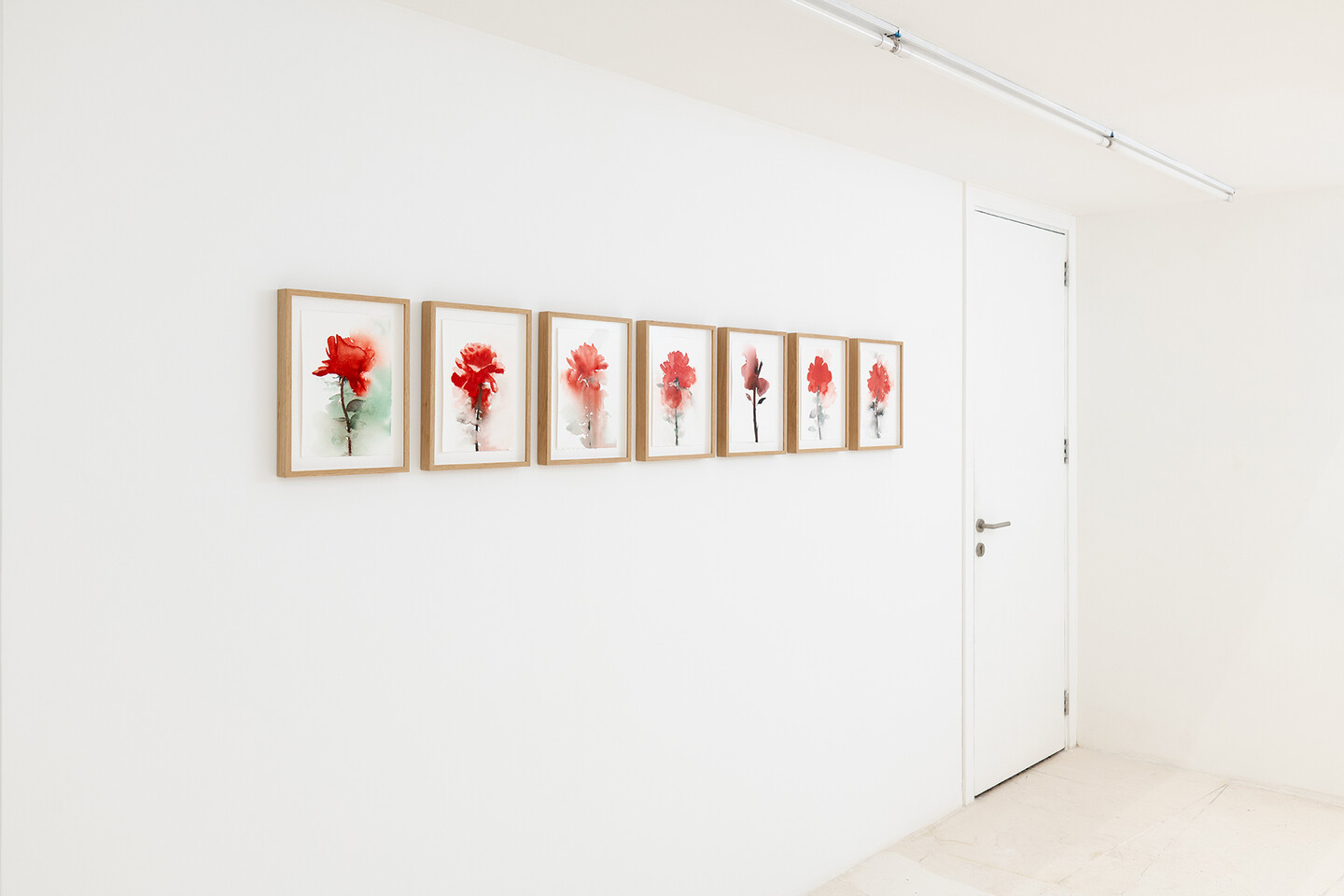
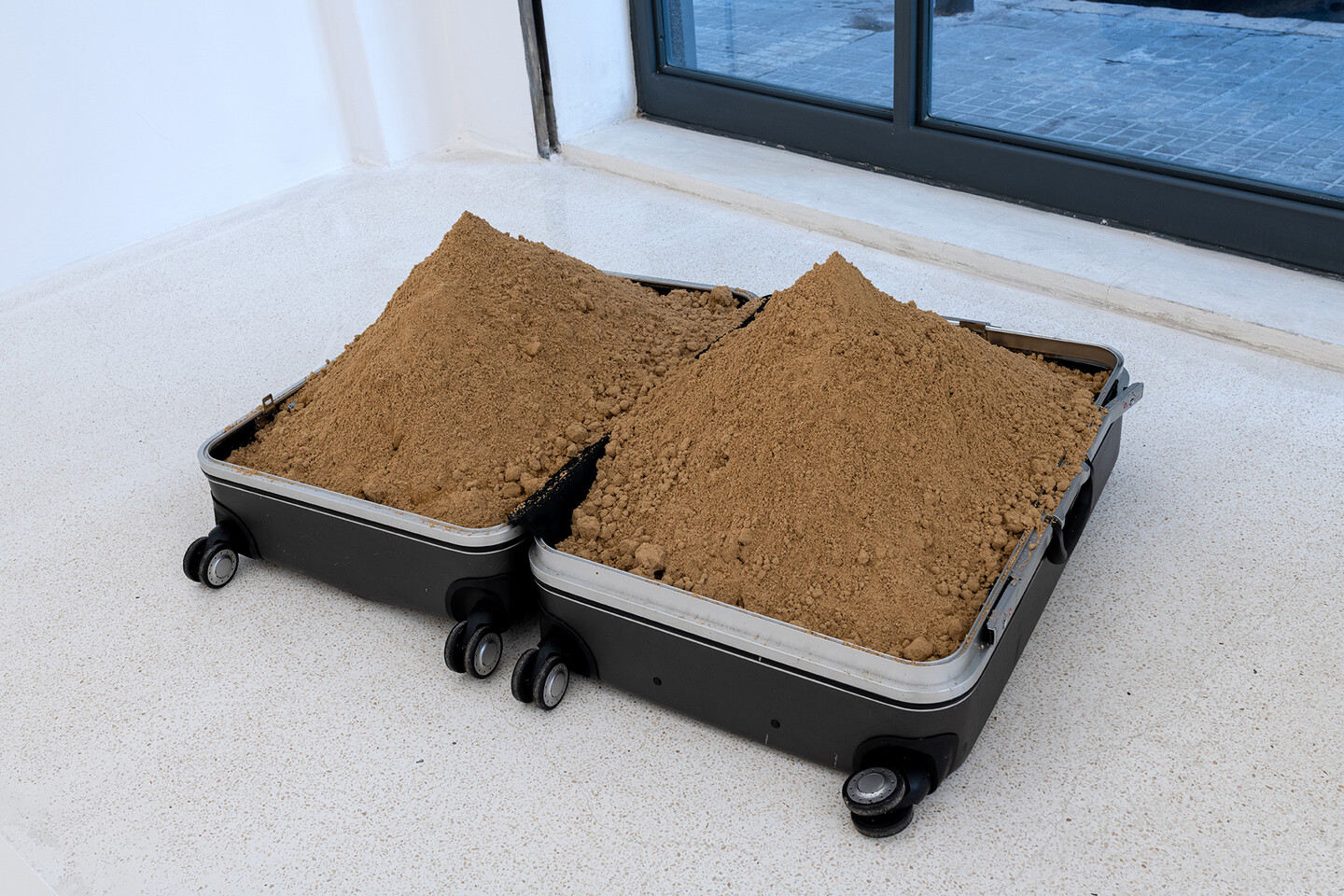
suitcase and sand, dimensions variable, 5 + 2 A. P., Courtesy the artist and Sfeir-Semler Gallery